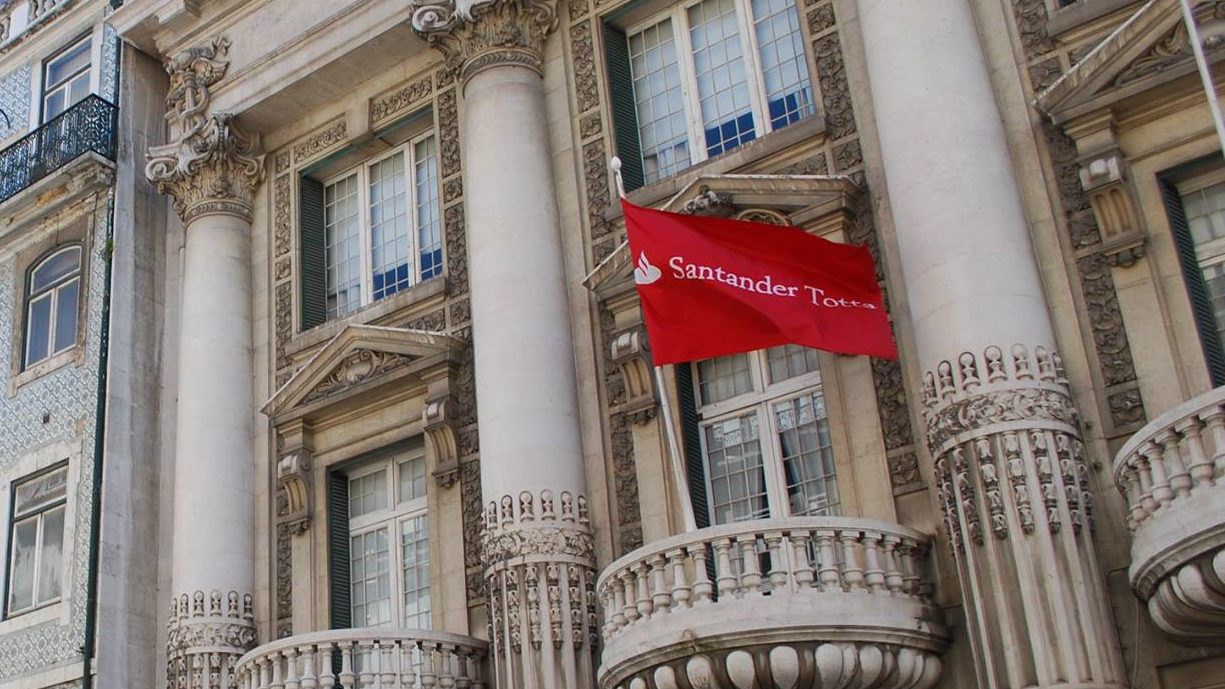Santander Portugal’s net profit falls 44% in 2020
The bank recorded a net profit of 295.6 million euros, down 43.9% year-on-year.
Santander Portugal posted a net profit of 295.6 million euros in 2020, down 43.9% year-on-year. The bank justifies the drop in results with the harsh impact of the pandemic. Like the sector, the institution led by Pedro Castro e Almeida set up impairments of over 180 million euros for credit due to the pandemic crisis.
The bank’s CEO said that 2021 would continue to be a demanding year because of the pandemic, but noted that “the vaccines already available allow for some hope” in getting out of the health crisis.
In a statement, Santander Portugal reported an extraordinary expense (without explaining which one) of 46.2 million euros recorded in the fourth quarter, which further lowered last year’s result. Without this non-recurring expense, the net profit would have totalled 342 million euros.
The bank recorded an increase in loans and deposits, but this did not translate into operating results due to the restrictions caused by the new coronavirus and also pressure from the European Central Bank’s (ECB) low-interest rates and competition.
Total loans to customers rose 6.8% to 42.7 billion euros, on the back of Covid-19 credit lines benefiting from state guarantees (€1.6 billion approved under these lines), while deposits rose almost 2% to 43.3 billion euros.
Despite the increase in volumes, net interest income fell by 8.1% to 786.6 million euros.
“This evolution is essentially the result of the reduction in credit spreads, due to the still high competitive context, the decrease in short-term interest rates, the decrease in demand for credit by companies outside the scope of the State guarantee, and also the management of the public debt portfolio,” explains the bank.
Commissions also fell almost 2% to 373.2 million. With this, operating income fell over 4% to 1.32 billion euros.
From a profitability perspective, Santander Portugal saw its return on equity (ROE) ratio fall 5.8 percentage points to 6.9%. It fell to almost half in one year because of the pandemic.
On the other hand, as for balance sheet quality, the bank reported an improvement in the non-performing exposure (NPE) ratio, which fell to 2.6%.
As a result of the increase in impairments, NPE coverage rose 13.7 percentage points to 66.8%.
The CET1 capital ratio reached 20.6% at the end of 2020, up 5.6 points from 2019.


